-

+86-577-57156888
-

-

+86-577-57155869
-

11th Floor, Building 6, Headquarters Economic Park, Yueqing, Zhejiang, China
Troubleshooting External Bypass Soft Starters
Industry News-External bypass soft starters are widely used to reduce inrush currents during motor startups, ensuring the motor’s longevity and protecting the electrical system. However, like all electrical components, these devices can encounter issues that impact performance. In some cases, built-in bypass soft starters may be used instead, offering a more compact design with similar benefits. Effective troubleshooting is essential to identify and resolve problems quickly, ensuring the system continues to operate smoothly. This article explores common problems with external bypass soft starters and how to troubleshoot them effectively.
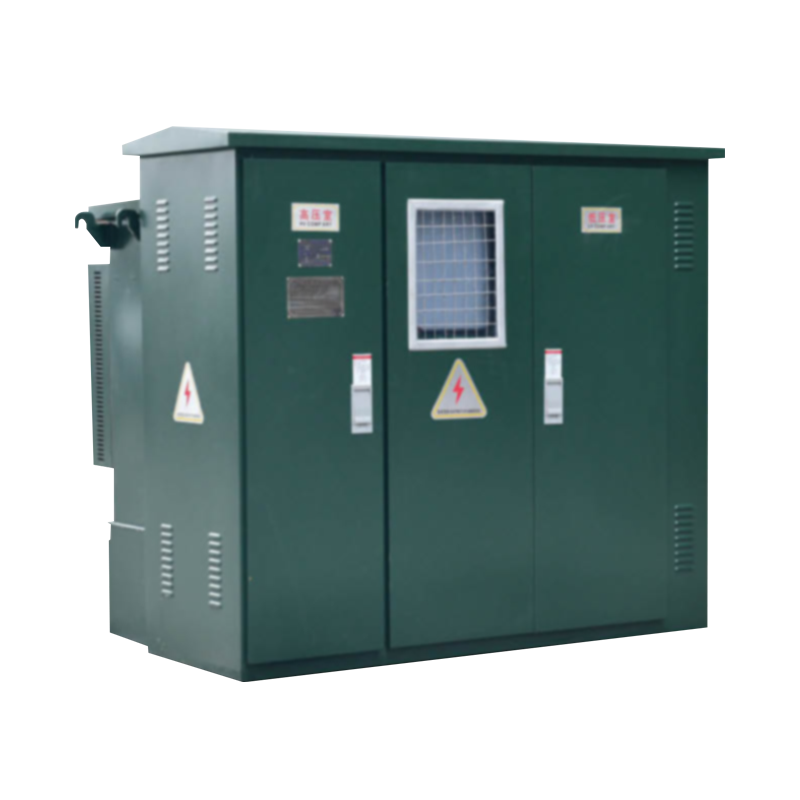
Understanding External Bypass Soft Starters
External bypass soft starters function by gradually increasing the voltage supplied to the motor during startup. This gradual increase allows the motor to reach full speed smoothly, without the stress of sudden current surges. Once the motor achieves full speed, a bypass contactor engages, effectively bypassing the soft starter and allowing the motor to run at full capacity. This feature helps optimize motor performance, reduces wear and tear, and protects electrical components from excessive current during startup.
Identifying Common Issues
While external bypass soft starters are generally reliable, they are susceptible to certain issues that can affect their performance. One of the most common problems is inconsistent or delayed motor startup. When the motor fails to start smoothly or takes too long to reach its desired speed, the issue could be related to incorrect settings, malfunctioning components, or problems with the bypass contactor itself.
Another issue that may arise is overheating. Overheating can be caused by excessive current draw, poor ventilation, or problems with key components such as the heat sinks or the bypass contactor. If the system experiences overheating, it may trigger automatic shutdowns to prevent further damage. In some cases, the bypass mechanism may fail to engage once the motor reaches full speed. This failure prevents the motor from bypassing the soft starter, leading to poor system performance.
Effective Troubleshooting Steps
To effectively troubleshoot an external bypass soft starter, first check the configuration settings. Incorrect voltage, ramp time, or current limits can cause problems such as improper motor starting or inefficient operation. Verify that all settings are configured correctly according to the manufacturer's recommendations.
Next, check the bypass contactor. If the motor does not bypass after reaching full speed, the contactor may be faulty. Check the contactor for signs of damage, wear, or corrosion, as these can affect its function. You should also test the contactor for continuity to ensure it is functioning properly.
It is also important to check the wiring and electrical connections. Loose or damaged connections can cause intermittent motor starting or increased wear on the soft starter. Check all wiring to ensure there are no loose connections or signs of wear. Any damaged connections should be replaced immediately to prevent further problems.
In some cases, motor performance issues, such as excessive current draw, can indicate a deeper problem. If the motor is difficult to start or seems to be drawing excessive power, check the soft starter and motor for faults. Check for electrical faults, such as tripped circuit breakers or blown fuses, that could prevent the motor from starting properly.
Preventive maintenance through maintenance
Preventive maintenance is essential to keeping the external bypass soft starter in top working order. Cleaning the soft starter regularly and inspecting all components can help prevent common problems such as overheating or degraded performance. Make sure the soft starter is placed in a well-ventilated area to maintain good cooling, and keep the area free of dust and debris.
Regularly inspecting wiring and electrical components is also essential to identifying potential problems before they become serious. Check contactors and other components for signs of wear and ensure that all connections are secure and reliable.
By maintaining the system regularly and resolving issues early, companies can avoid costly repairs and extend the life of their external bypass soft starters. Performing these basic troubleshooting steps ensures that the system continues to operate efficiently, reducing downtime and increasing productivity.
Most external bypass soft starter problems can be quickly identified and resolved through effective troubleshooting and regular maintenance. This approach not only helps maintain system performance, but also reduces the need for costly repairs, ensuring that the motor starting process remains smooth and efficient.
 English
English 中文简体
中文简体 عربى
عربى
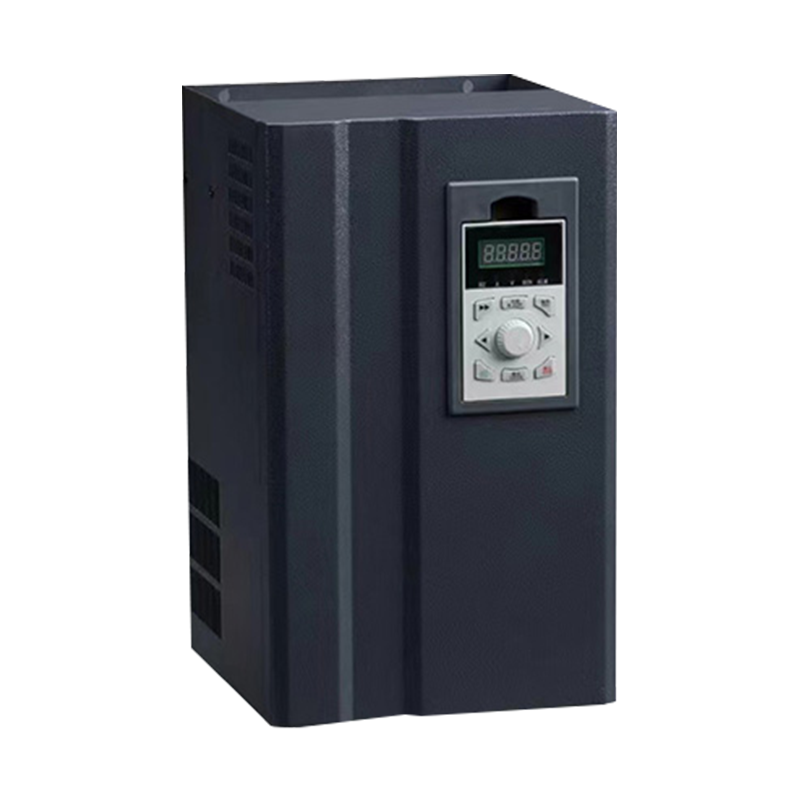
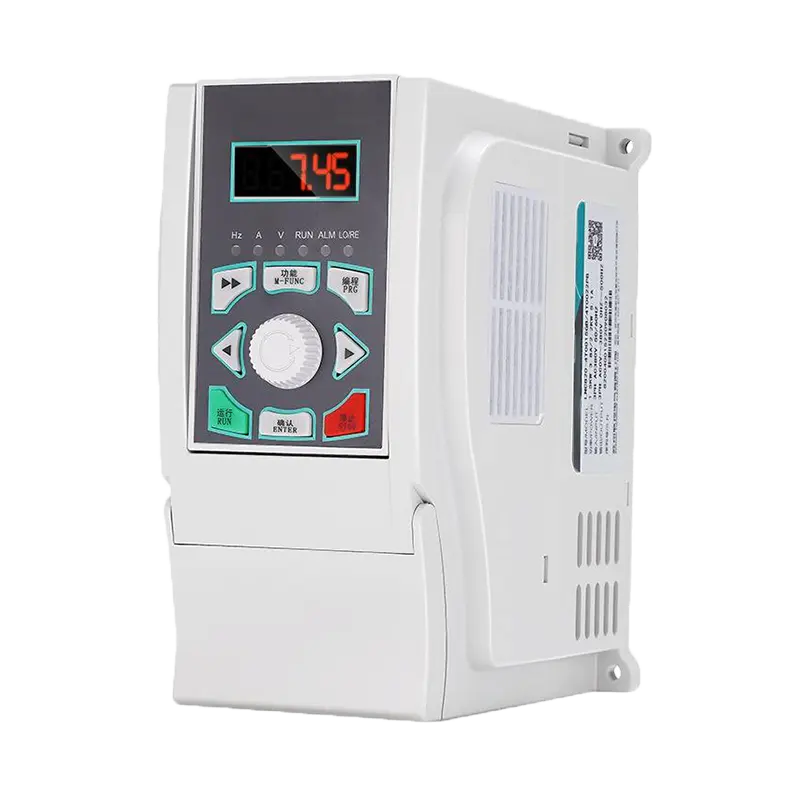
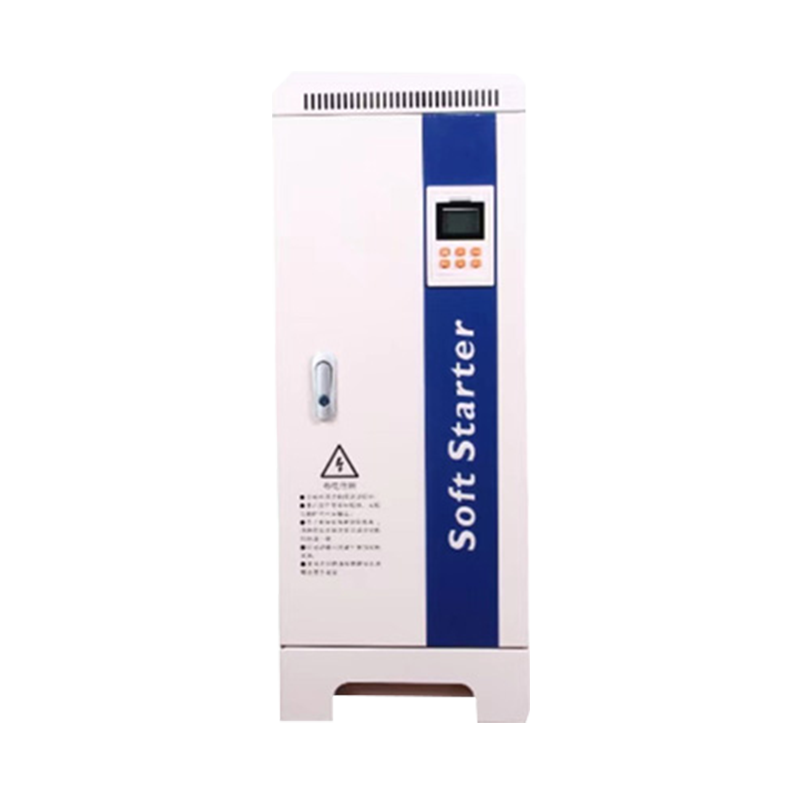
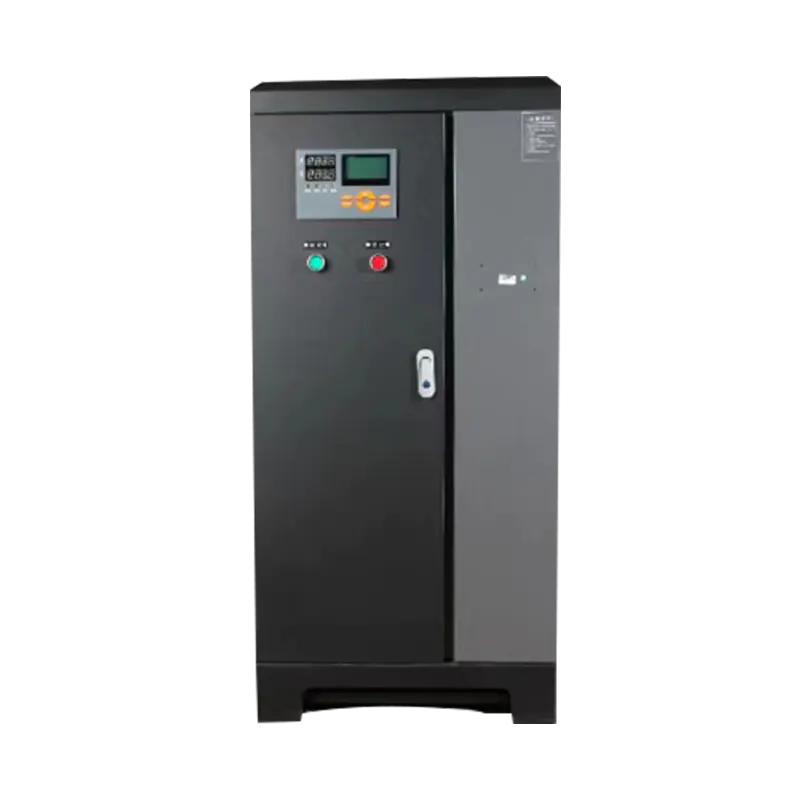

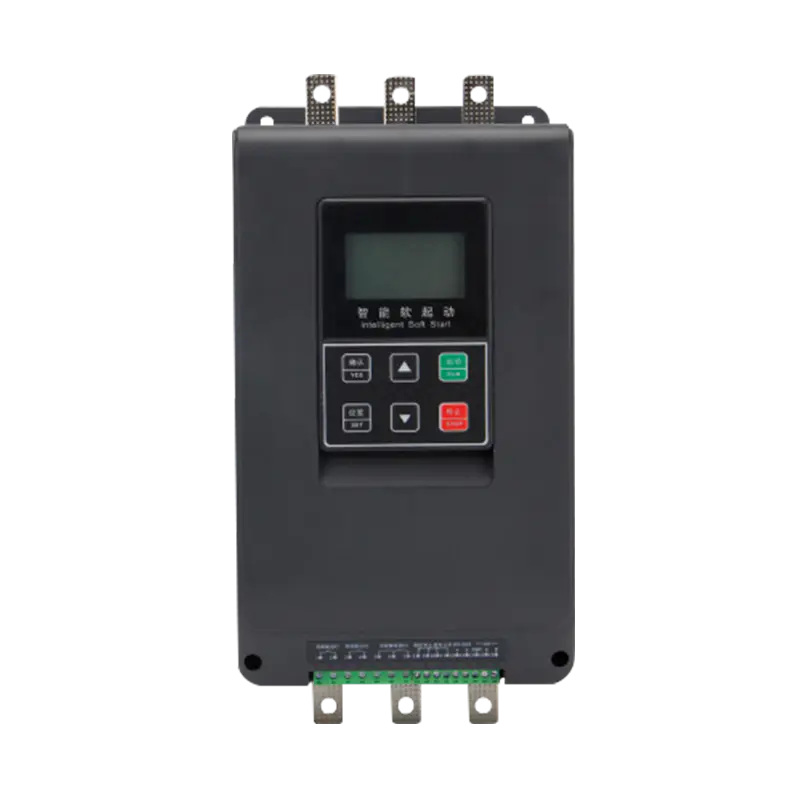

 浙公网安备33038202003754号
浙公网安备33038202003754号